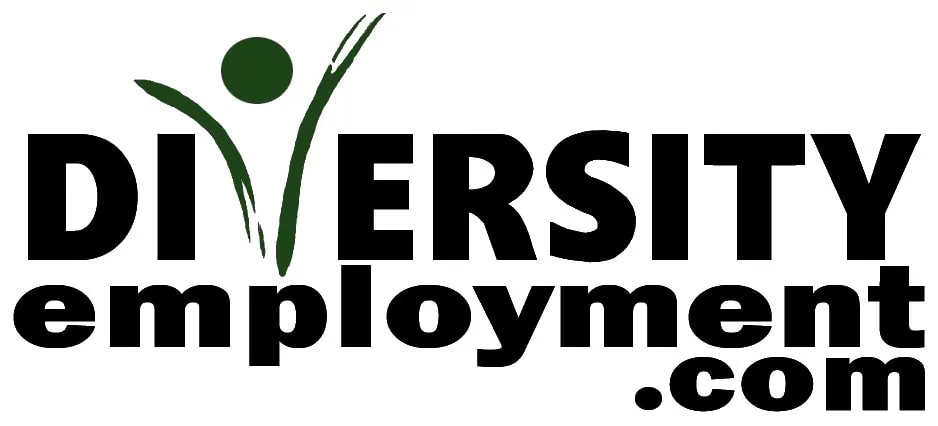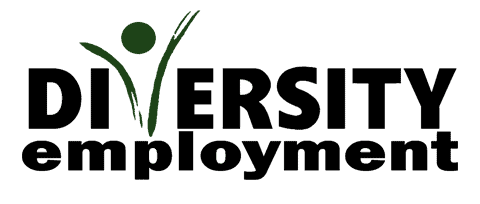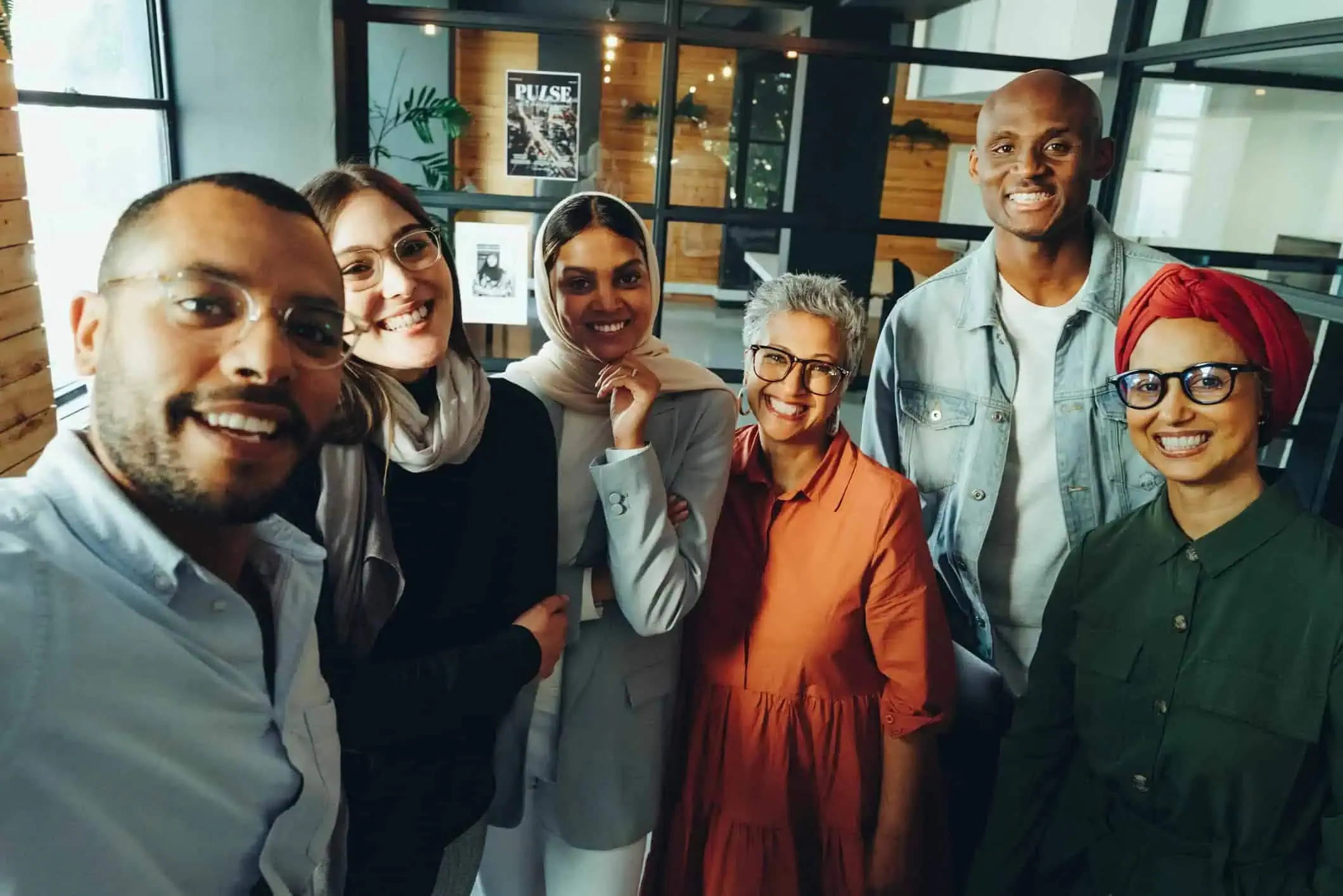
Common Mistakes Undermine Corporate Diversity Programs
Introduction
Welcome to our comprehensive guide on avoiding common mistakes in diversity programs. In today’s competitive and global market, fostering a diverse and inclusive workplace is more than just a moral imperative—it’s a strategic advantage. Whether you’re an entry-level job seeker looking to join an inclusive company or an employer aiming to enhance your corporate diversity program, understanding these pitfalls is crucial.
We’ll explore the most common flaws undermining diversity efforts and provide practical solutions for building more effective, inclusive programs. This guide is designed to help you navigate the complexities of diversity in the workplace, ensuring that your efforts lead to genuine inclusion and innovation.
So, let’s dive in, uncover these mistakes, and learn how to make diversity programs not just exist but thrive.
Common Pitfalls in Diversity Efforts
Many companies today understand the value of building teams from diverse backgrounds. They launch diversity programs with the best intentions. Yet, some efforts don’t deliver as expected. One main reason is mistakes in diversity programs. Let’s explore a few common errors that can undermine these efforts.
Not Walking the Talk
First up, there is a gap between saying and doing. Organizations often express support for diversity but fail to act on their words. This inconsistency between promises and actions can profoundly affect employee trust.
Viewing Diversity Through a Narrow Lens
Next, a narrow view of what diversity means can limit a program’s impact. Focusing only on one aspect, like race or gender, misses the broader scope of varied experiences and perspectives.
Shortcomings in Execution
Also, some programs stumble in their execution. Without clear goals, ongoing support, and adaptability to change, even well-planned diversity initiatives can falter.
Addressing these issues is crucial for a diversity program to succeed. For additional insights on achieving this, look at “The Critical Role of Gentle Leadership in Building Diverse and Inclusive Benefits” on our blog.
For a broader context, understanding the Equal Employment Opportunity Commission’s guidelines can also provide foundational knowledge in crafting effective diversity initiatives.
The Real Need for Authentic Commitment
In tackling mistakes in diversity programs, we must highlight the lack of genuine commitment as a fundamental flaw. Real change starts from the top. When leaders embody the values of diversity and inclusion, it sets a powerful example for the entire organization.
Leadership’s Role
- Senior executives must not only endorse diversity programs but actively participate in them.
- Communication from leadership about the importance of diversity must be clear and consistent.
Maintaining Momentum
It’s also vital to maintain enthusiasm and commitment over time. Diversity efforts are not just one-off campaigns; they need long-term dedication to be truly embedded in a company’s culture.
Building an Authentic Culture
Building a culture genuinely values diversity and inclusion means going beyond surface-level efforts. It creates an environment where every employee feels seen, heard, and valued.
Understanding the strategies for fostering leadership commitment towards diversity can further enhance program effectiveness.
Avoiding a One-Size-Fits-All Strategy
Another critical mistake in diversity programs is adopting a one-size-fits-all approach. Diversity encompasses so much more than visible differences. It includes a wide range of experiences, perspectives, and abilities.
Diversity’s Many Dimensions
- Consider all aspects of diversity, not just race or gender.
- Remember factors like age, disability, and cultural background.
Customized Approaches
So, it’s crucial to tailor your diversity efforts. After all, each organization is unique. Therefore, strategies should be as diverse as the workforce they aim to support.
By avoiding a narrow focus, companies can unlock the full potential of their workforce. This strategy enriches company culture, sparks innovation, and enhances collaboration.
For further exploration of the diverse dimensions within the workforce, check out “Bridging Generations” in our Resource Hub.
The Critical Role of Inclusion
Just having a diverse team isn’t enough. Inclusion is what makes diversity efforts genuinely impactful. Without it, the common mistakes in diversity programs continue to persist. Inclusion ensures every team member feels part of the mission.
Creating a Welcoming Environment
- Inclusion means valuing each individual’s contribution.
- It’s about creating spaces where all feel welcome and heard.
Why Inclusion Matters
Inclusion amplifies the advantages of a diverse workforce. It fosters an environment where innovation thrives. Also, it boosts employee satisfaction and retention.
Achieving true inclusion requires ongoing effort. It’s about more than just open-door policies. It means actively seeking input and ensuring everyone’s voice gets heard.
For guidance on fostering an inclusive environment through digital platforms, check out “Digital Platforms: Pioneers of Inclusive Progress” on our Resource Hub.
Measuring Success: The Missing Piece
Without tracking, improving diversity programs becomes guesswork. Many programs falter because they don’t measure their progress. Hence, tracking success is critical.
Setting Clear Metrics
- Define what success looks like for your diversity efforts.
- Use both qualitative and quantitative measures.
Feedback Loops
Collect feedback regularly. Then, use it to refine your approach. This way, you ensure the program evolves with your team’s needs.
Benefit of Tracking
Tracking progress can spotlight both wins and areas for improvement. Additionally, it helps justify the resource allocation to these initiatives.
Finally, for insights on measuring the effectiveness of diversity initiatives, see the U.S. Census Bureau employment statistics and our guide on finding nonprofit careers, which often lead the way in innovative diversity practices.
Essential Training for an Inclusive Culture
Training is a cornerstone of successful diversity programs. Yet, some companies overlook its importance. Practical training can break down barriers and foster mutual respect.
Types of Training
- Unconscious bias training helps uncover hidden prejudices.
- Interactive workshops encourage empathy and understanding.
Role of Leadership
Leaders must also undergo training. Their participation underscores its value and reinforces commitment throughout the organization.
Benefits of Training
Training equips employees with the tools they need to navigate a diverse workplace. It builds a foundation of respect and understanding crucial for an inclusive culture.
Beyond internal resources, the U.S. Department of Labor’s training resources offer great insights into structuring effective diversity training programs.
Recognizing and Addressing Unconscious Bias
Unconscious biases are among the most challenging obstacles in diversity programs. Recognizing and mitigating these biases is crucial for improving diversity efforts.
Awareness is Key
- Start by accepting that everyone has biases.
- Use training and open discussions to bring biases into awareness.
Implementing Solutions
Once recognized, develop strategies to minimize biases’ impact. This includes diverse hiring panels and bias-free language in job postings.
Continuous Effort
Addressing unconscious bias is not a one-time task. It requires ongoing attention and adjustments to policies and practices.
For further understanding, Project Implicit offers tests and resources to explore personal biases and their influence on behavior.
Aligning Diversity Goals with Business Objectives
For diversity programs to succeed, they must align with the company’s broader goals. Mistakes in diversity programs often occur when they are seen as separate from core business objectives.
Integration is Essential
- Diversity goals should support and drive business outcomes.
- Inclusion should be part of the company’s DNA, not an afterthought.
Communicating the Business Case
Leaders must articulate how diversity enhances problem-solving, creativity, and market reach. This helps secure buy-in at all levels.
Aligning diversity with business goals ensures dedicated resources and sustained commitment. As a result, diversity and inclusion become part of the organization’s strategy, not just HR initiatives.
Exploring how diverse viewpoints lead to better decisions can bolster the case for aligning diversity efforts with business aims. This approach ensures that diversity and inclusion are moral imperatives crucial to competitive advantage.
FAQs
Why do diversity programs fail?
Failures can result from a lack of commitment, inadequate measurement, or ignoring inclusion. Addressing mistakes in diversity programs is crucial for success.
How can we measure the effectiveness of our diversity program?
Combine quantitative data, like demographic statistics, with qualitative feedback to gauge impact and areas for improvement.
What’s the difference between diversity and inclusion?
Diversity refers to the mix of people in an organization, while inclusion is about ensuring everyone feels valued and integrated into the team.
How can we improve our current diversity program?
Review and adjust based on feedback, ensure leadership involvement, and align with business goals. Continuous learning and adaptation are essential.
Can small businesses benefit from diversity programs?
Yes, even small businesses benefit from diverse perspectives, which can lead to more innovative solutions and a broader customer base.
Conclusion
Improving diversity programs requires genuine commitment, a broad understanding, and consistent inclusion efforts. We’ve addressed common mistakes in diversity programs and provided solutions to enhance their effectiveness. Companies can create more inclusive and innovative workplaces by measuring success, ensuring leadership participation, and aligning diversity goals with business objectives.
But it’s not just about avoiding mistakes; it’s about embracing diversity as a strength. We encourage businesses and job seekers alike to join Diversity Employment. You can connect with companies committed to building diverse and inclusive environments here. Let’s make the workplace a space where everyone belongs and thrives.
Join Diversity Employment today and be part of the change you wish to see in the corporate world.















